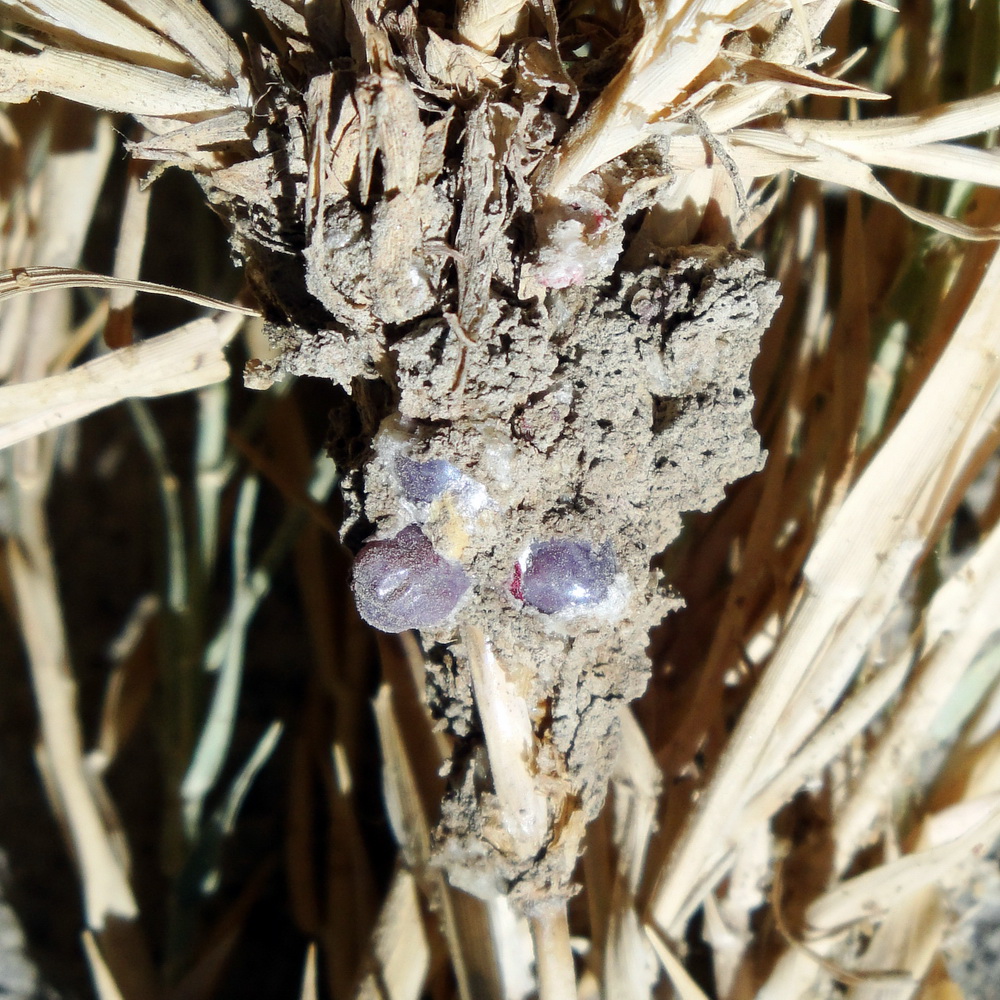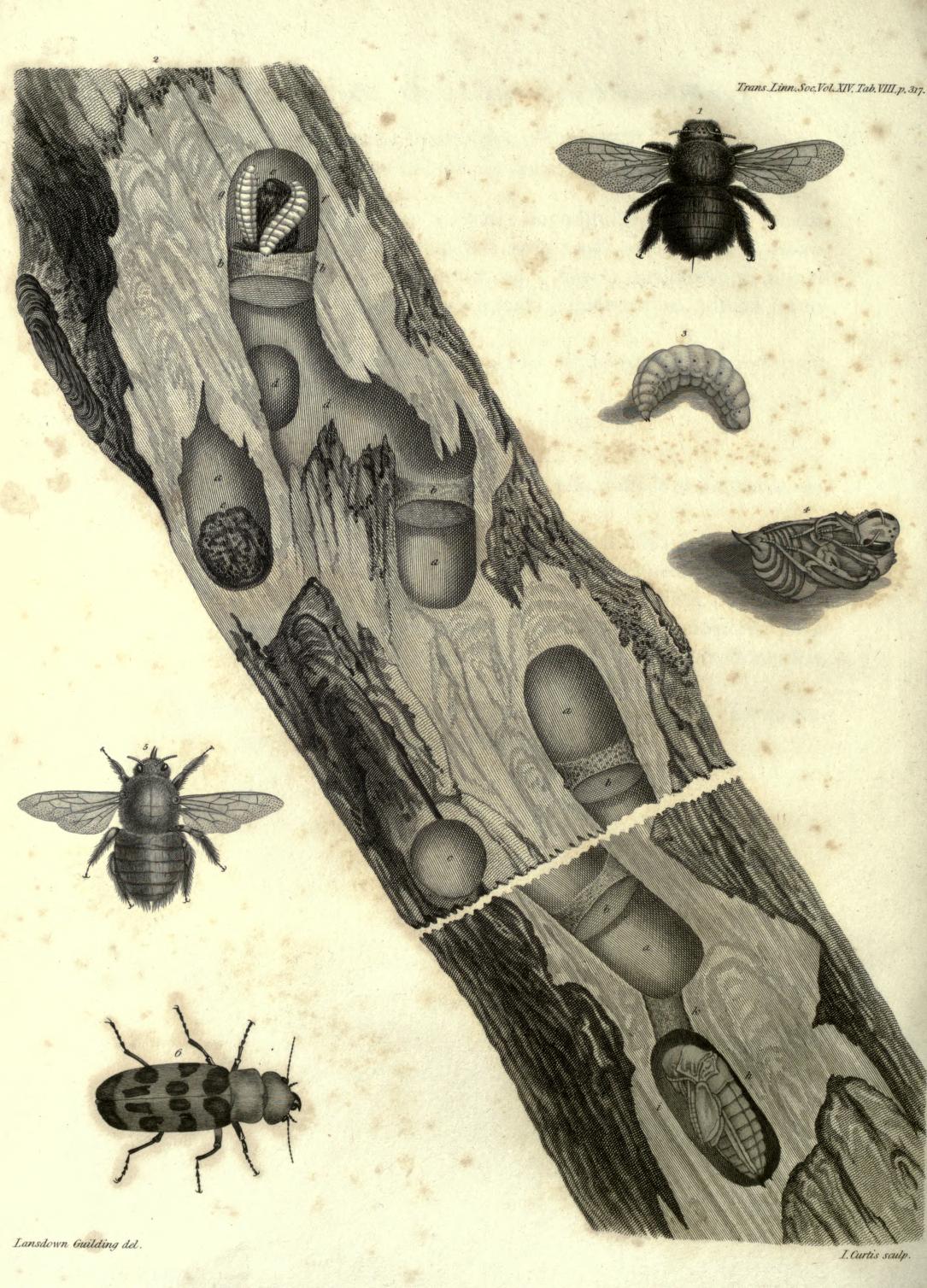|
Margarodes
The scale insect genus ''Margarodes'' is a group in the family Margarodidae. The type species is ''Margarodes formicarum''. The genus was erected in 1828 by Lansdown Guilding who found these waxy "pearls" in the soil on the island of Bahama, associated with ants, and named a species ''Margarodes formicarum''. Species * ''Margarodes aurelianus'' Hall, 1945 * ''Margarodes australis'' Jakubski, 1965 * ''Margarodes basrahensis'' Jakubski, 1965 * ''Margarodes capensis'' Giard, 1897 * ''Margarodes carvalhoi'' Costa, 1950 * ''Margarodes chukar'' La, 1967 * ''Margarodes congolensis'' Jakubski, 1965 * ''Margarodes dactyloides'' McDaniel, 1966 * ''Margarodes floridanus'' Jakubski, 1965 * ''Margarodes formicarum'' Guilding, 1829 * ''Margarodes gallicus'' Signoret, 1876 * ''Margarodes gimenezi'' Podtiaguin, 1941 * ''Margarodes greeni'' Brain, 1915 * ''Margarodes morrisoni'' McDaniel, 1965 * ''Margarodes newsteadi'' Brain, 1915 * ''Margarodes papillosus'' Green, 1912 * ''Margarodes paulistus ... [...More Info...] [...Related Items...] OR: [Wikipedia] [Google] [Baidu] |
Margarodidae
The Margarodidae (illegitimately as Margodidae) or ground pearls are a family of scale insects within the superfamily Coccoidea. Members of the family include the Polish cochineal and Armenian cochineal (genus ''Porphyrophora'') and the original ground pearl genus, ''Margarodes''. Beginning in 1880, a number of distinct subfamilies were recognized, with the giant coccids (the Monophlebidae) being the first.Maskell recognized the Monophlebidae as a separate family that year, Although Maskell proposed a new family, many continued to regard the monophlebids as a mere subfamily for many years, and the Margarodidae classification continued to be polyphyletic through the 20th Century. Since then, taking the advice of Koteja several subfamilies and tribes have been elevated into their own families such as Matsucoccidae and Xylococcidae. The pared-down family of Margarodidae (Margarodidae ''sensu stricto'' or Margarodidae s. s.) is monophyletic. List of genera * '' Dimargarodes'' Sil ... [...More Info...] [...Related Items...] OR: [Wikipedia] [Google] [Baidu] |
Stemorrhages Sericea
''Stemorrhages sericea'', the large emerald pearl, is a moth of the subfamily of Spilomelinae within the family Crambidae. It lives throughout Africa south of the Sahara, and the Indian Ocean islands of Réunion, Madagascar, Mauritius and the Comoros. Adults are pale turquoise with a brown stripe at the front edge of the wings. They have a brush of brown scent disseminating scales, called androconia, on the tail that can be everted for mate attraction. The larvae feed on species of the Rubiaceae (including ''Gardenia jasminoides''), the Apocynaceae (including ''Nerium oleander'', ''Tabernanthe iboga'', ''Tabernaemontana persicaefolia'' and ''Ervatamia coronaria''), and besides on '' Raphia'' and ''Afrocarpus ''Afrocarpus'' is a genus of conifers of the family Podocarpaceae. Two to six species are recognized. They are evergreen trees native to Africa. ''Afrocarpus'' was designated a genus in 1989, when several species formerly classified in ''Podocarp ...''. References M ... [...More Info...] [...Related Items...] OR: [Wikipedia] [Google] [Baidu] |
Armenian Cochineal
The Armenian cochineal (''Porphyrophora hamelii''), also known as the Ararat cochineal or Ararat scale, is a scale insect indigenous to the Ararat plain and Aras (Araks) River valley in the Armenian Highlands and in Turkey. It was formerly used to produce an eponymous crimson carmine dyestuff known in Armenia as ''vordan karmir'' ( hy, որդան կարմիր, literally "worm's red") and historically in Persia as ''kirmiz''. Vedeler, citing Cardon (2007), notes that "the Persian name ''Kirmiz'' originally referred to the Armenian carmine, a parasitic insect living on Gramineae grass, but the same name was also used by Arab geographers for insects living on oak trees in Maghreb and Al-Andalus, probably referring to ''Kermes vermilio''", although " is ... not clear whether the 'Kirmiz' dyestuff mentioned in early Arab texts always refers to the use of the insect ''Kermes Vermilio''." English translation by Caroline Higgitt of Cardon's French-language book ''Le monde ... [...More Info...] [...Related Items...] OR: [Wikipedia] [Google] [Baidu] |
Palpita Nigropunctalis
''Palpita nigropunctalis'', the lilac pyralid, is a moth of the family Crambidae. It is found in eastern Asia, including China (Hebei, Liaoning, Jilin, Heilongjiang, Zhejiang, Henan, Hubei, Sichuan, Guizhou, Yunnan, Shaanxi), Taiwan, Korea, Japan and the Russian Far East (Siberia, Kuriles, Sakhalin). The wingspan is 29–31 mm. Adults are on wing from April to October. Adults are on wing from late March to early April, from mid May to early June and from early September to mid November in Japan. There are three generations per year. The larvae feed on the flowers, fruits and leaves of ''Ligustrum'' species, including ''Ligustrum japonicum'' and ''Ligustrum lucidum''. They have also been recorded on ''Fraxinus mandschurica ''Fraxinus mandshurica'', the Manchurian ash, is a species of ''Fraxinus'' native to northeastern Asia in northern China (Gansu, Hebei, Heilongjiang, Henan, Hubei, Jilin, Liaoning, Shaanxi, Shanxi), Korea, Japan and southeastern Russia ( Sakhali ...''. ... [...More Info...] [...Related Items...] OR: [Wikipedia] [Google] [Baidu] |
Diaphania Indica
''Diaphania indica'', the cucumber moth or cotton caterpillar, is a widespread but mainly Old World moth species. It belongs to the grass moth family, and therein to the large subfamily Spilomelinae. This moth occurs in many tropical and subtropical regions outside the Americas, though it is native to southern Asia; it is occasionally a significant pest of cucurbits and some other plants. This species was originally described by William Wilson Saunders in 1851 under the misspelled name ''Eudioptes indica'' (properly:''Eudioptis''), using specimens from Java. His syntypes are in the Hope Entomological Collections of the Oxford University Museum of Natural History.Clarke (1986) Description The wingspan is about 30 mm. Adults have translucent whitish wings with broad dark brown borders. The body is whitish below, and brown on top of head and thorax as well as the end of the abdomen. There is a tuft of light brown "hairs" on the tip of the abdomen, vestigial in the male but ... [...More Info...] [...Related Items...] OR: [Wikipedia] [Google] [Baidu] |
Stemorrhages Exaula
''Stemorrhages exaula'' is a moth of the family Crambidae. It is endemic to the Hawaiian islands of Kauai, Oahu, Molokai, Maui and Hawaii. Adults are pale green. The larvae feed on '' Ochrosia sandwicensis'' and ''Rauvolfia sandwicensis ''Rauvolfia sandwicensis'', the devil's-pepper, also known as ''hao'' in the Hawaiian language, is a species of flowering plant in the milkweed family, Apocynaceae, that is endemic to Hawaii. It is a shrub, a small tree In botany, a t ...''. The larvae feed in webbed-together, younger leaves of the host plant as well as pupate in the same place. External links * Spilomelinae Endemic moths of Hawaii Moths described in 1888 {{Margaroniini-stub ... [...More Info...] [...Related Items...] OR: [Wikipedia] [Google] [Baidu] |
Lansdown Guilding
Lansdown Guilding (9 May 1797 – 22 October 1831) was a theologian and naturalist. He is best known for his works on the flora and fauna of St Vincent in particular and on the Caribbean in general. He wrote numerous illustrated papers for journals of scholarly societies in England including the first descriptions of velvet worms and scale insects in the ground pearl family. Guilding was born on 9 May 1797 in Kingstown, Saint Vincent and the Grenadines. He was one of six siblings, son of the Reverend John Guilding and his wife Sarah. In 1802, at the age of 5, he was sent to England, where he studied at Oxford University. In 1817, after receiving a B.A. degree, he returned to his home country. His father died in 1818, and he took up work as garrison chaplain and left for England in 1819. In 1821, Guilding travelled to England to marry Mary Hunt, daughter of the Rev. S. Hunt, rector of Wakerly and St. George's Church, Stamford. From 1824 to 1826 he disputed with Robert Herries for ... [...More Info...] [...Related Items...] OR: [Wikipedia] [Google] [Baidu] |
Polish Cochineal
Polish cochineal (''Porphyrophora polonica''), also known as Polish carmine scales, is a scale insect formerly used to produce a crimson dye of the same name, colloquially known as "Saint John's blood". The larvae of ''P. polonica'' are sessile parasites living on the roots of various herbs—especially those of the perennial knawel—growing on the sandy soils of Central Europe and other parts of Eurasia. Before the development of aniline, alizarin, and other synthetic dyes, the insect was of great economic importance, although its use was in decline after the introduction of Mexican cochineal to Europe in the 16th century. Biology Life cycle In mid-July, the female Polish cochineal lays approximately 600-700 eggs, encased with a white waxy ootheca, in the ground. When the larvae hatch in late August or early September, they do not leave the egg case but remain inside until the end of winter. In late March or early April, the larvae emerge from the ground to feed ... [...More Info...] [...Related Items...] OR: [Wikipedia] [Google] [Baidu] |
Animal
Animals are multicellular, eukaryotic organisms in the Kingdom (biology), biological kingdom Animalia. With few exceptions, animals Heterotroph, consume organic material, Cellular respiration#Aerobic respiration, breathe oxygen, are Motility, able to move, can Sexual reproduction, reproduce sexually, and go through an ontogenetic stage in which their body consists of a hollow sphere of Cell (biology), cells, the blastula, during Embryogenesis, embryonic development. Over 1.5 million Extant taxon, living animal species have been Species description, described—of which around 1 million are Insecta, insects—but it has been estimated there are over 7 million animal species in total. Animals range in length from to . They have Ecology, complex interactions with each other and their environments, forming intricate food webs. The scientific study of animals is known as zoology. Most living animal species are in Bilateria, a clade whose members have a Symmetry in biology#Bilate ... [...More Info...] [...Related Items...] OR: [Wikipedia] [Google] [Baidu] |
Type Species
In zoological nomenclature, a type species (''species typica'') is the species name with which the name of a genus or subgenus is considered to be permanently taxonomically associated, i.e., the species that contains the biological type specimen(s). Article 67.1 A similar concept is used for suprageneric groups and called a type genus. In botanical nomenclature, these terms have no formal standing under the code of nomenclature, but are sometimes borrowed from zoological nomenclature. In botany, the type of a genus name is a specimen (or, rarely, an illustration) which is also the type of a species name. The species name that has that type can also be referred to as the type of the genus name. Names of genus and family ranks, the various subdivisions of those ranks, and some higher-rank names based on genus names, have such types. [...More Info...] [...Related Items...] OR: [Wikipedia] [Google] [Baidu] |
Bahama
The Bahamas (), officially the Commonwealth of The Bahamas, is an island country within the Lucayan Archipelago of the West Indies in the North Atlantic. It takes up 97% of the Lucayan Archipelago's land area and is home to 88% of the archipelago's population. The archipelagic state consists of more than 3,000 islands, cays, and islets in the Atlantic Ocean, and is located north of Cuba and northwest of the island of Hispaniola (split between the Dominican Republic and Haiti) and the Turks and Caicos Islands, southeast of the U.S. state of Florida, and east of the Florida Keys. The capital is Nassau on the island of New Providence. The Royal Bahamas Defence Force describes The Bahamas' territory as encompassing of ocean space. The Bahama Islands were inhabited by the Lucayans, a branch of the Arawakan- speaking Taíno, for many centuries. Christopher Columbus was the first European to see the islands, making his first landfall in the "New World" in 1492 when he landed ... [...More Info...] [...Related Items...] OR: [Wikipedia] [Google] [Baidu] |



_(2).jpg)